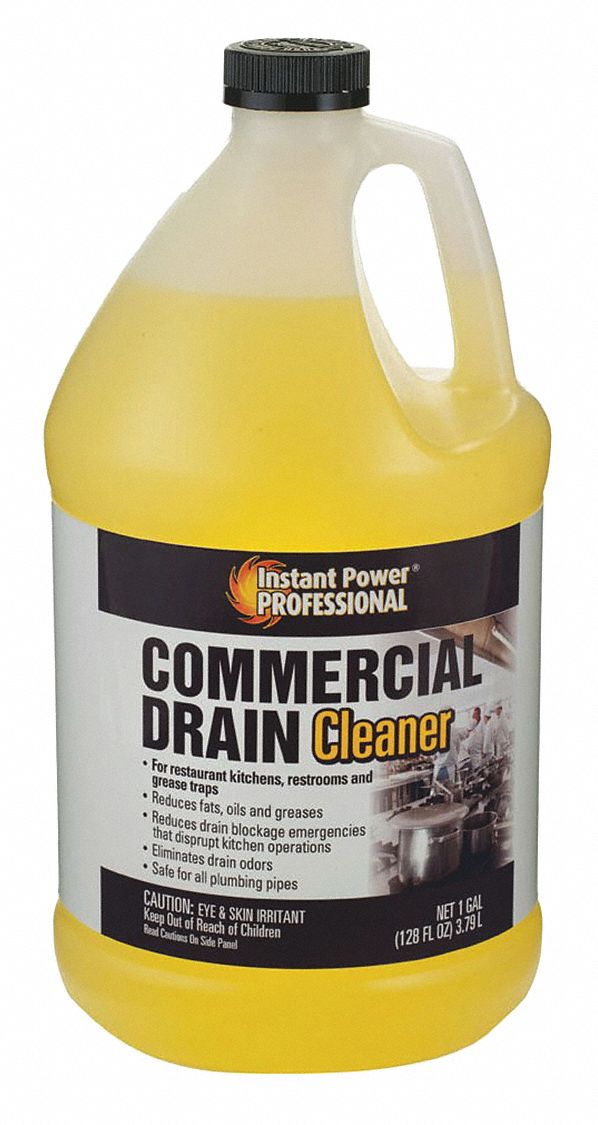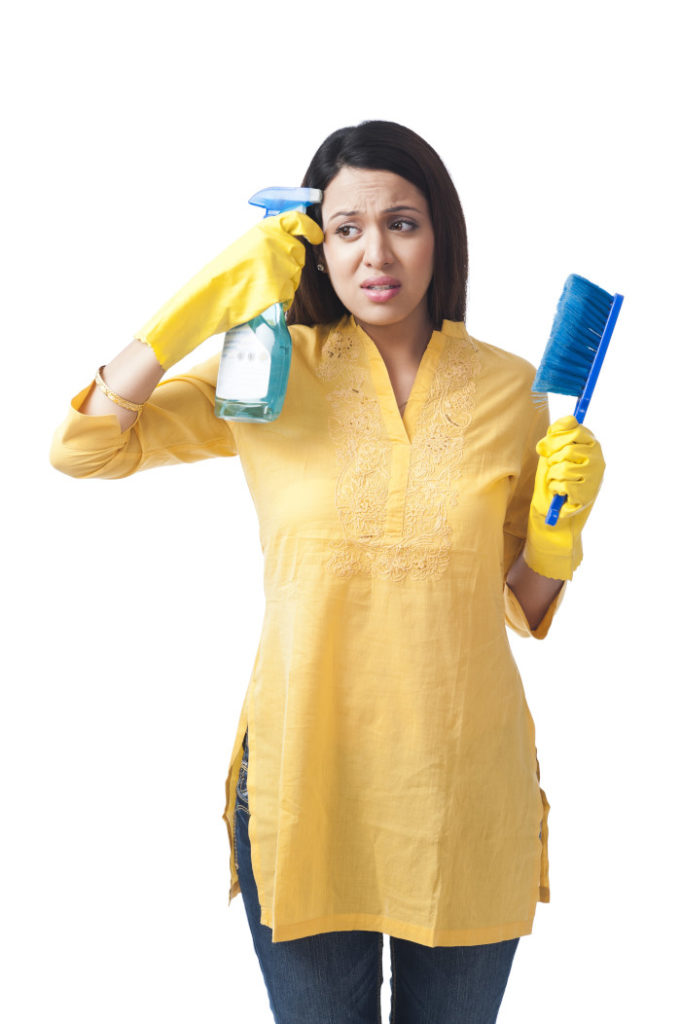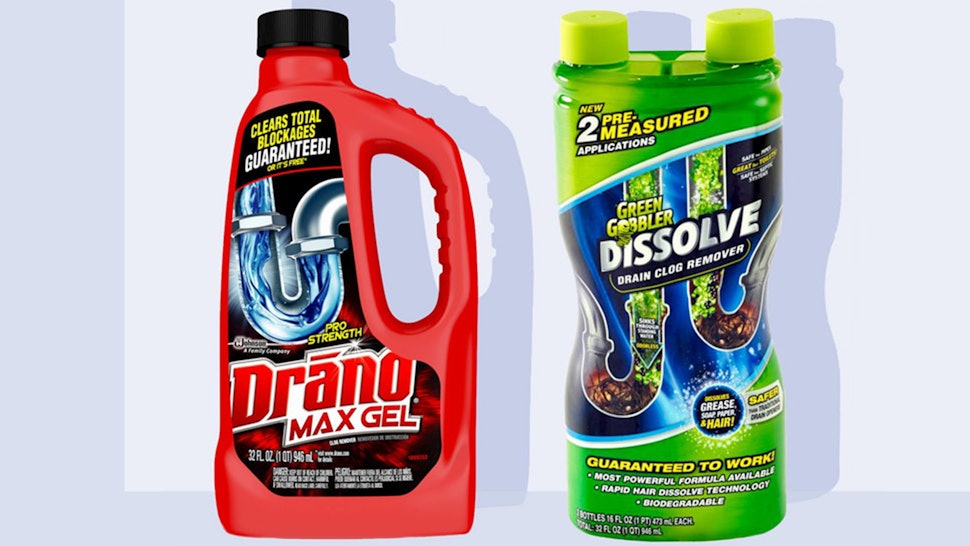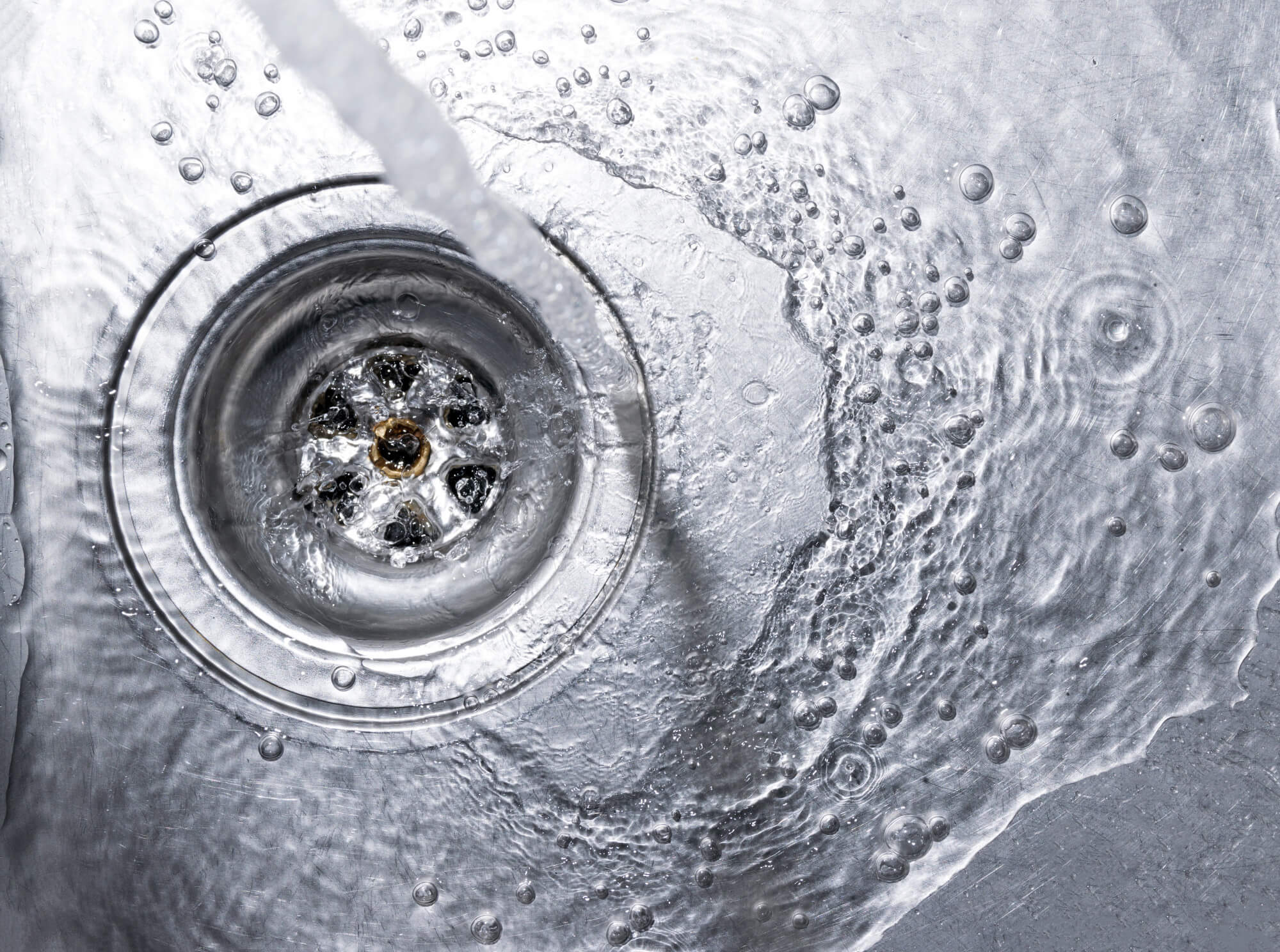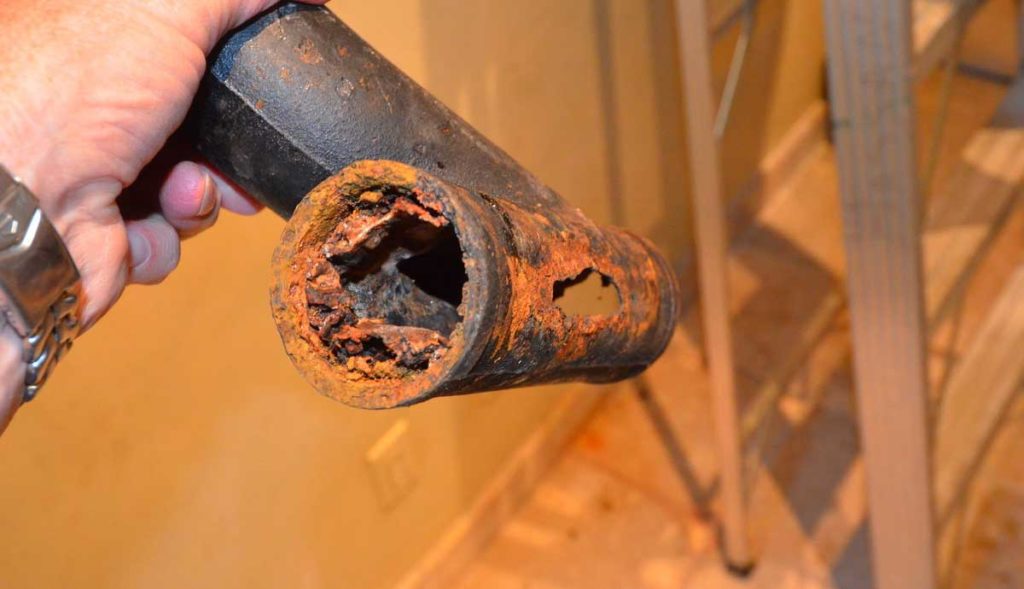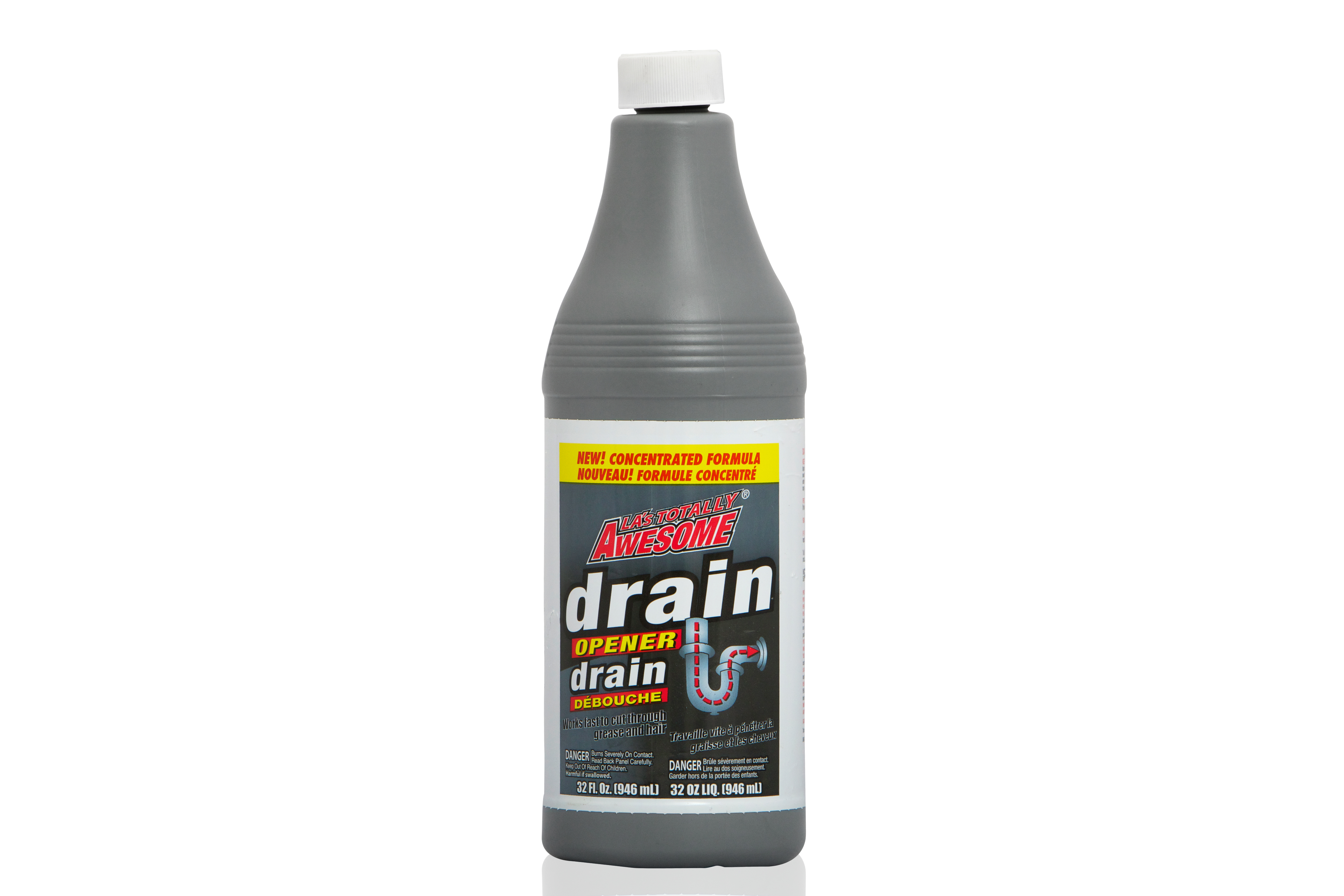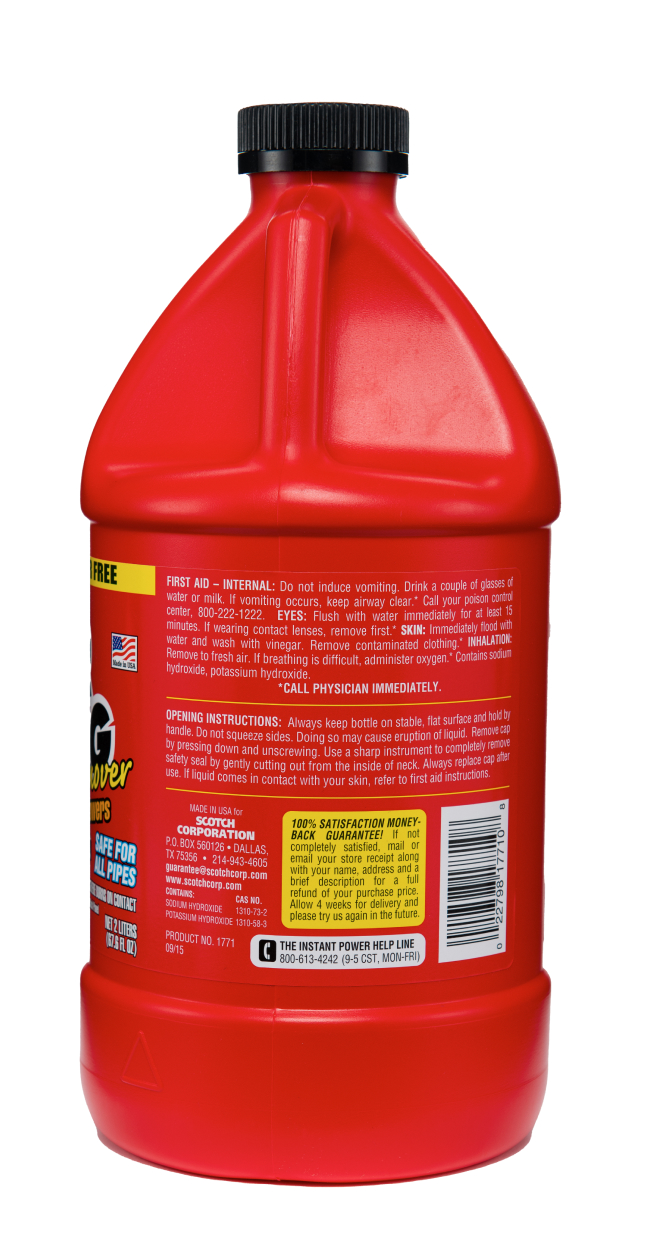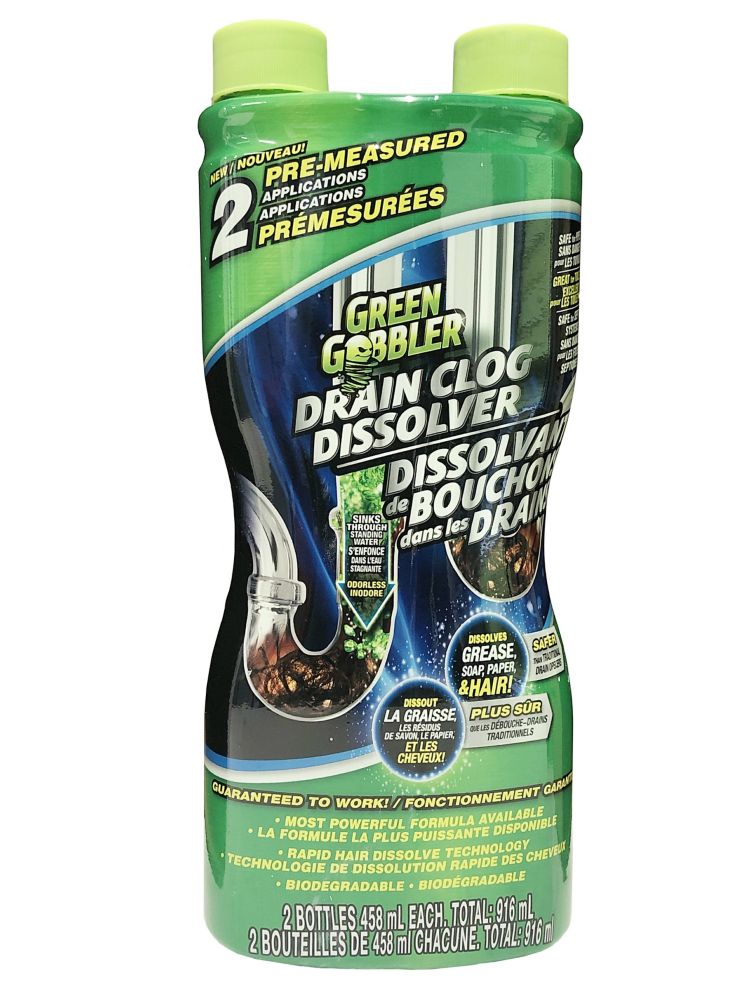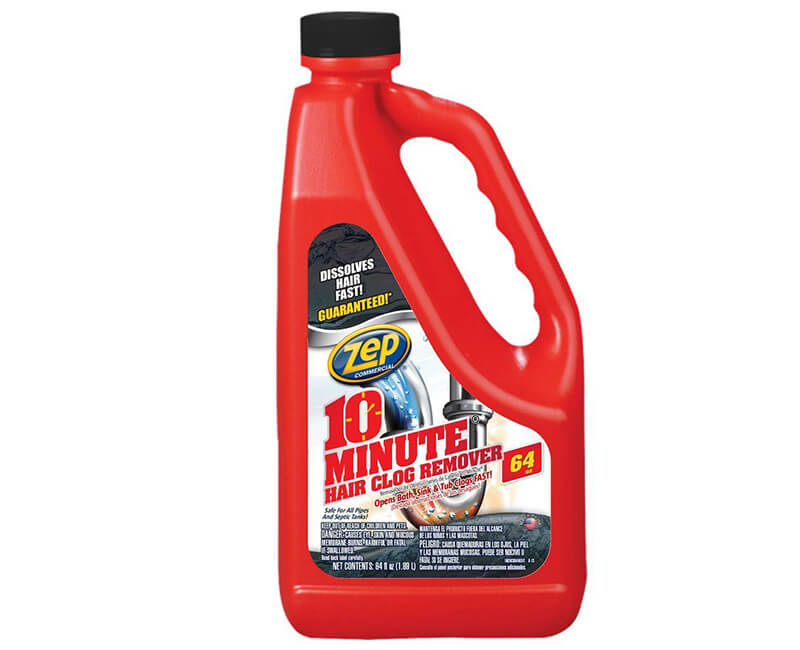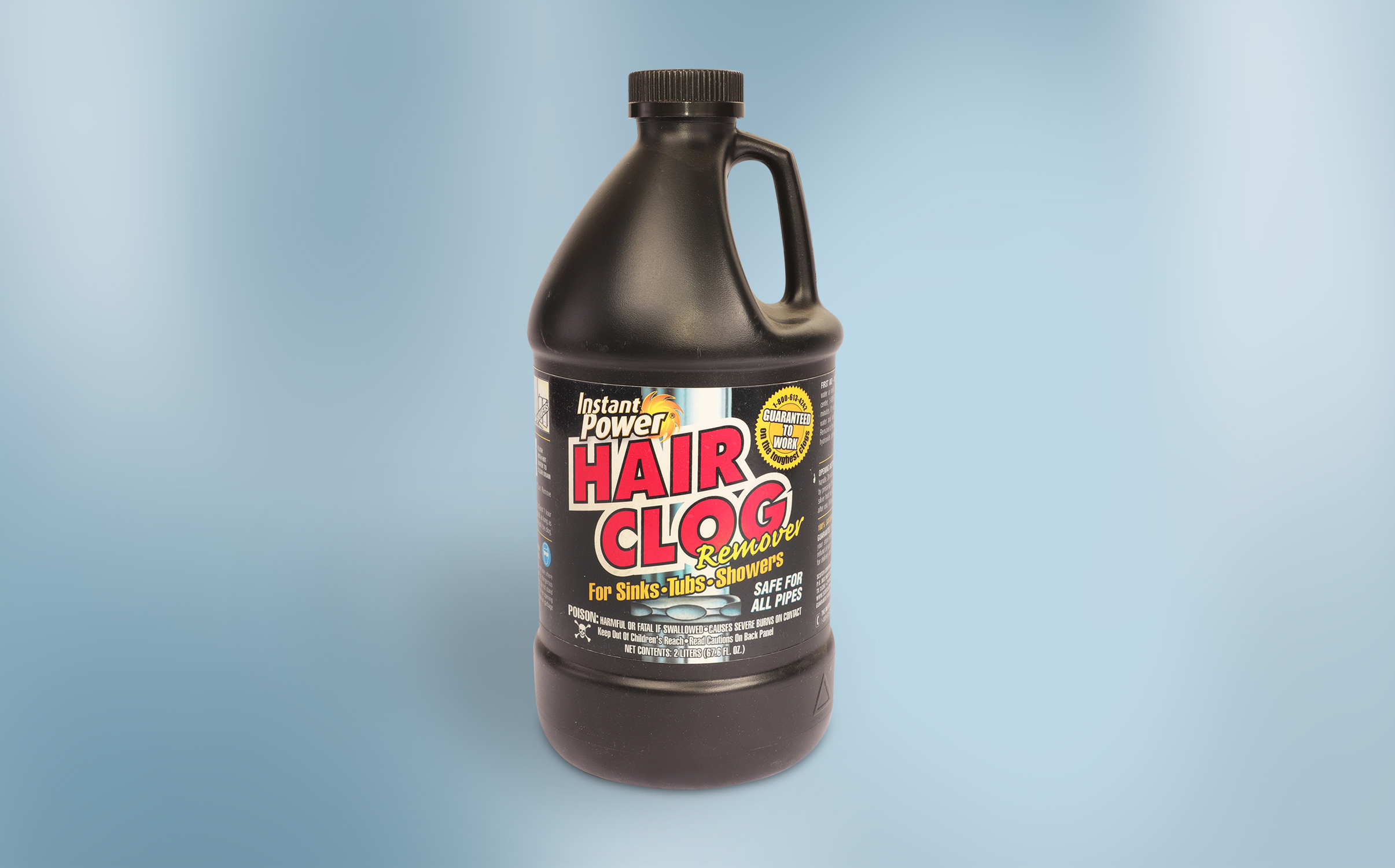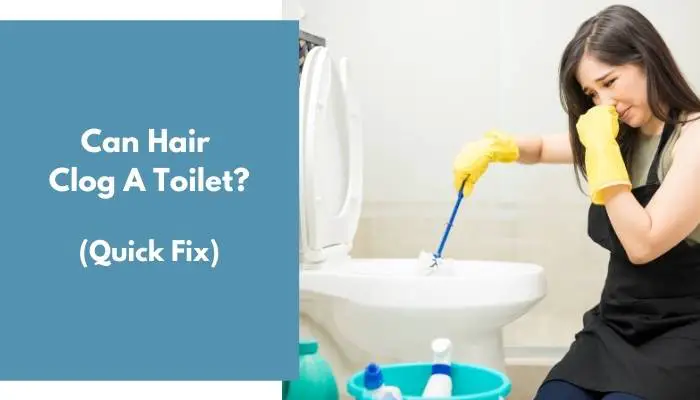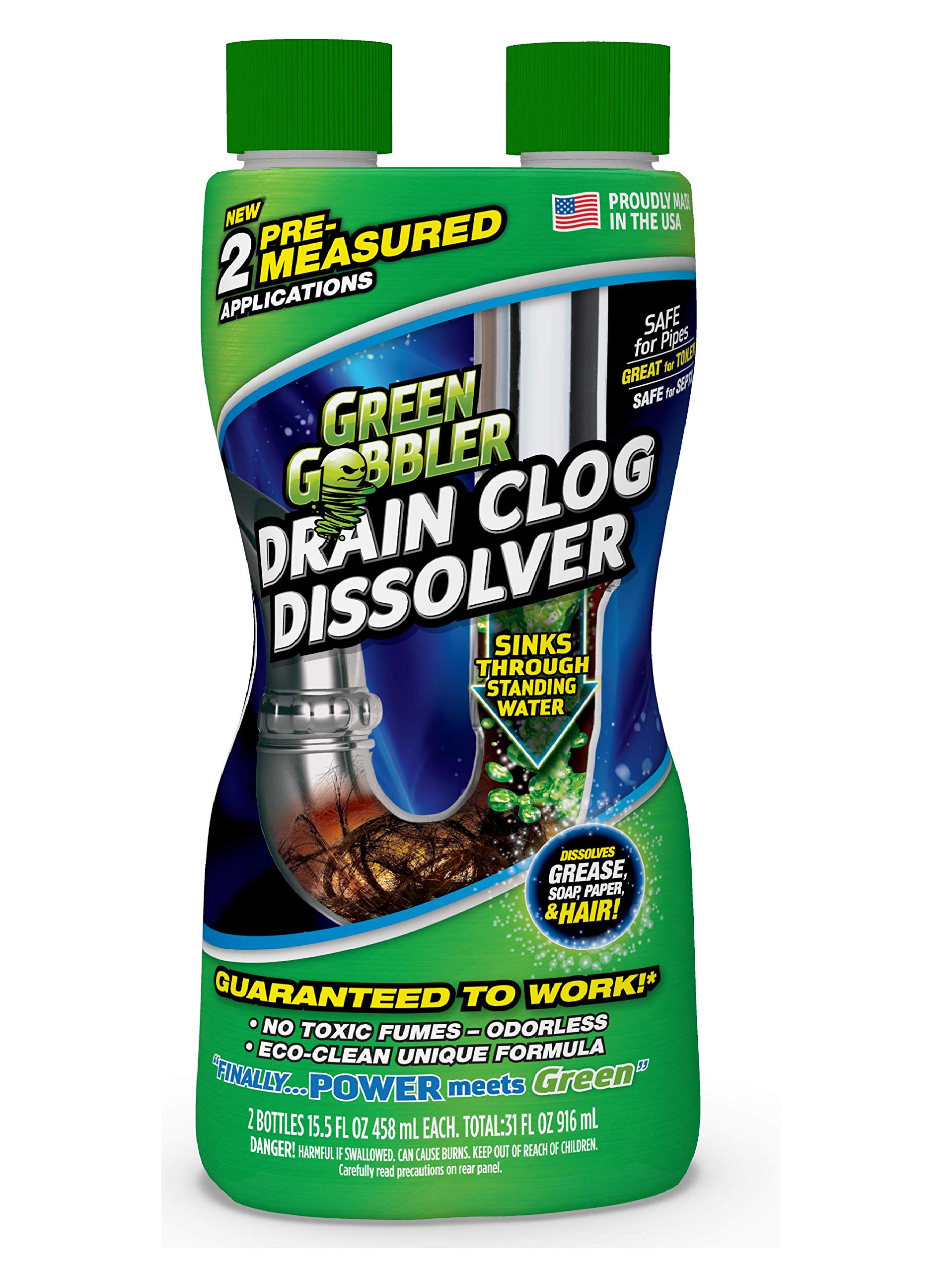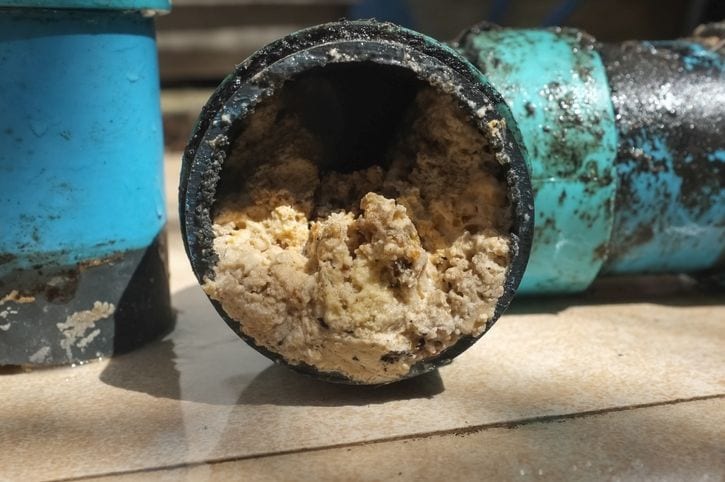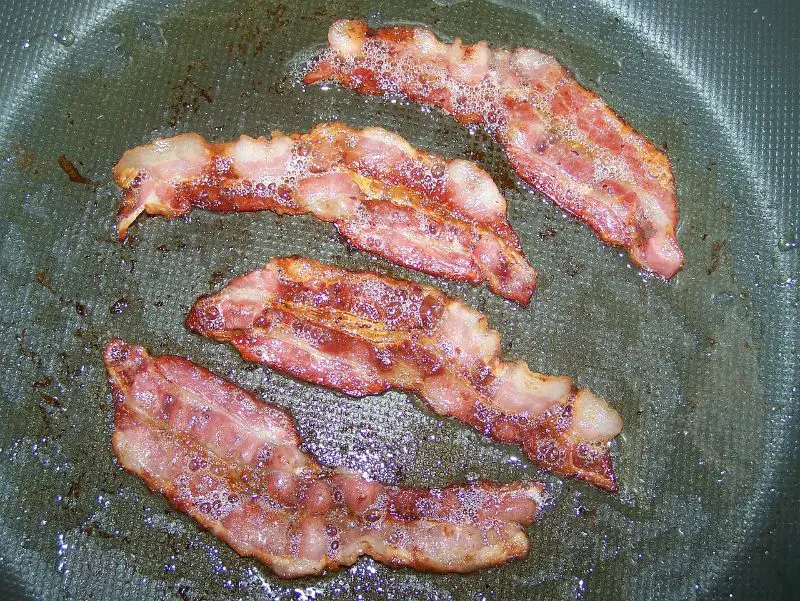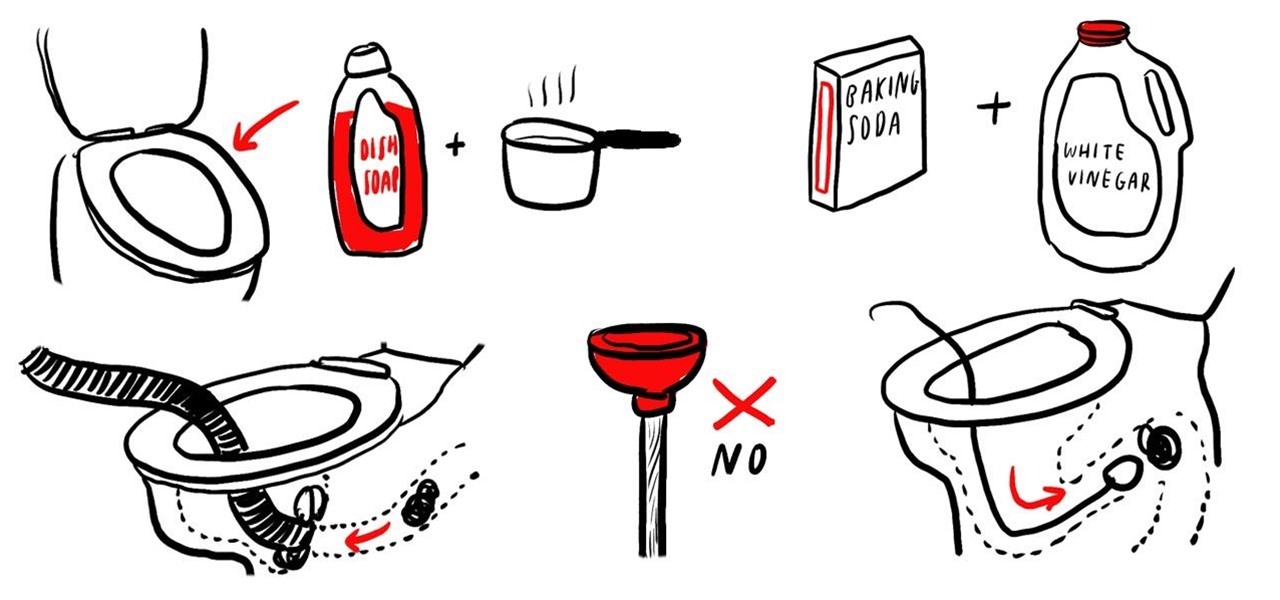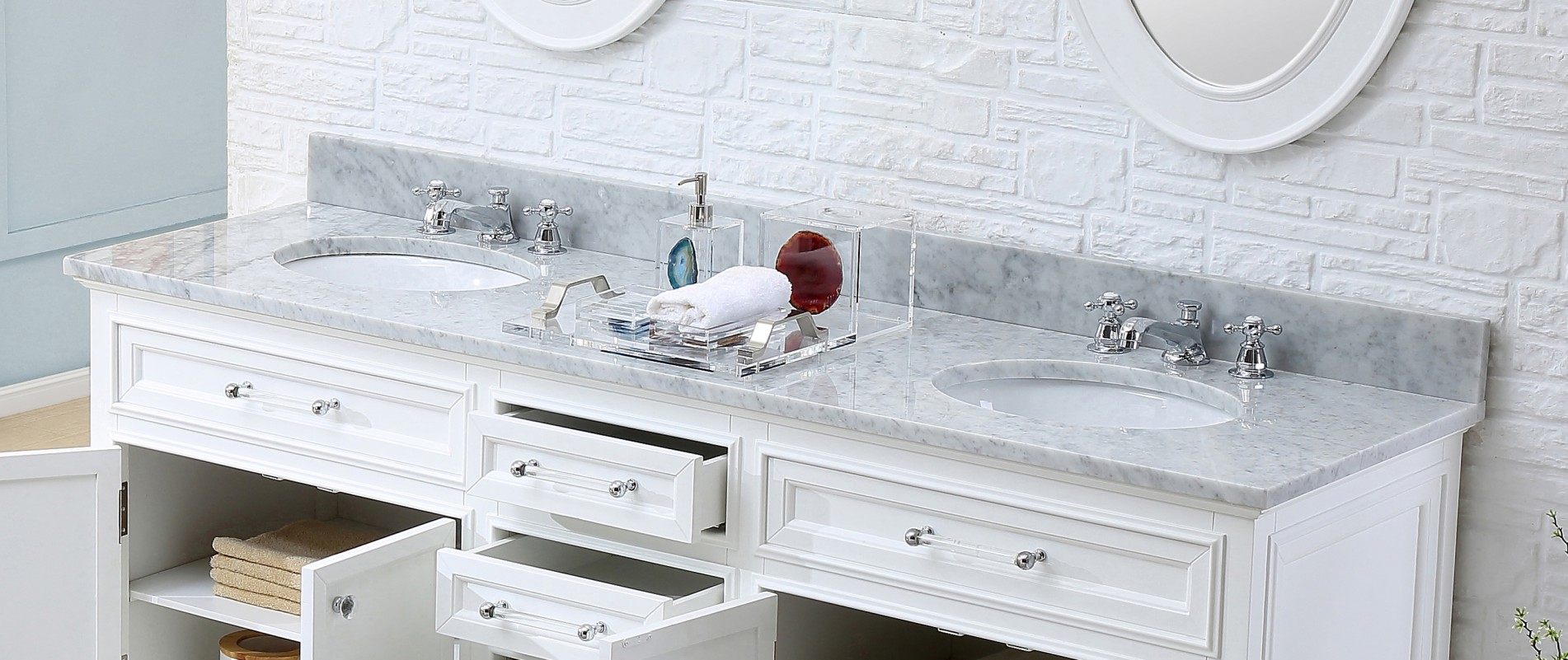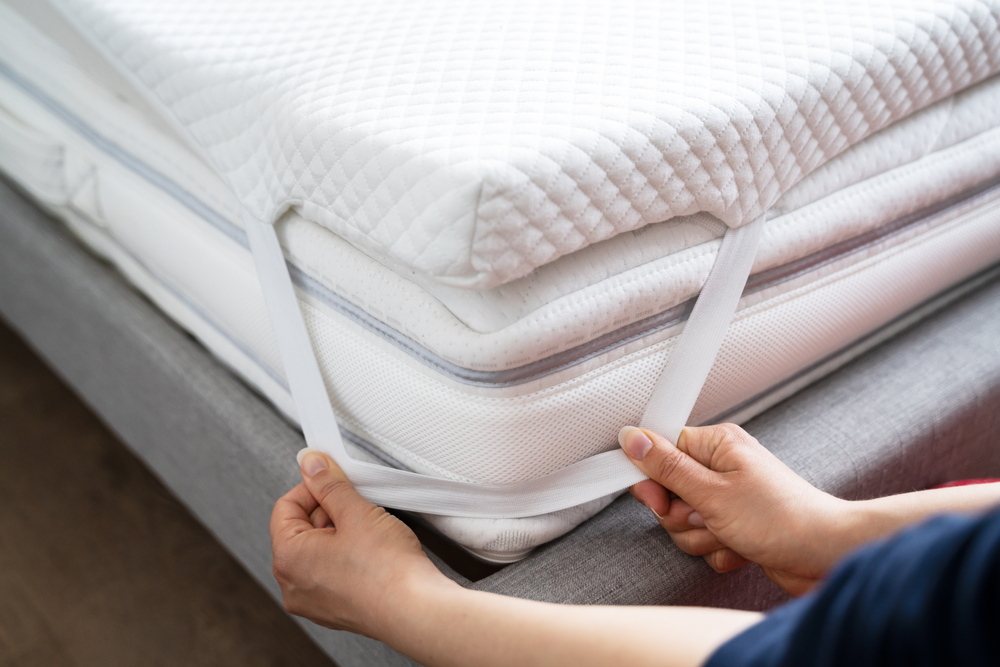If you've noticed that your bathroom sink is not draining properly, it could be due to a clog. A clogged bathroom sink can be a frustrating and messy issue to deal with. Not only does it prevent you from using the sink, but it can also lead to standing water and unpleasant odors. In this article, we'll discuss the top 10 reasons why your bathroom sink may not be draining properly and how to fix it.Clogged bathroom sink
One common sign of a clogged bathroom sink is slow draining. This means that the water takes longer than usual to go down the drain, or it may not drain at all. This is often caused by a partial blockage in the pipes. The main culprits for slow draining bathroom sinks are hair, soap scum, and toothpaste residue that accumulate over time.Slow draining bathroom sink
If your bathroom sink is completely blocked and water is not draining at all, it could be due to a more severe clog. This can happen if the slow draining issue is not addressed early on. A blocked sink can be caused by a buildup of debris, foreign objects, or a more significant clog deeper in the pipes. It's essential to address a blocked sink as soon as possible to prevent further damage.Blocked sink
If you notice that water is not draining at all and is instead pooling in your sink, it could be a sign of a clogged bathroom sink. This standing water can be a breeding ground for bacteria and lead to unpleasant odors. It's best to address this issue promptly to prevent any further damage to your sink and pipes.Standing water in sink
One of the first things you can try to unclog a bathroom sink is using a plunger. This simple tool creates suction and pressure that can dislodge the clog and allow water to flow freely down the drain. Make sure to cover the overflow drain with a damp cloth before using the plunger to create a better seal. You may need to repeat this process a few times to completely clear the clog.Plunger
If the plunger doesn't work, you can try using a drain snake. This long, flexible tool can reach deep into the pipes and break up or pull out the clog. It's essential to follow the instructions carefully to avoid causing any damage to your pipes. If you're uncomfortable using a drain snake, it's best to call a professional plumber.Drain snake
If the plunger and drain snake don't work, you can try using a chemical drain cleaner. These products contain strong chemicals that can dissolve clogs and clear your pipes. However, they can also be harsh and damaging to your pipes and the environment. It's essential to follow the instructions carefully and use protective gear when handling these products.Chemical drain cleaner
Hair is one of the most common culprits for a clogged bathroom sink. When washing our hair, strands can easily get caught in the drain and create a blockage. Regularly cleaning out the hair from your drain can help prevent clogs. You can also use a hair catcher or drain cover to catch the hair before it goes down the drain.Hair clog
Grease and oil can also cause clogs in your bathroom sink. When we wash our face or brush our teeth, small amounts of oil and grease can go down the drain and accumulate over time. To prevent this, avoid washing greasy or oily products in the sink. You can also pour boiling water down the drain once a week to help dissolve any buildup.Grease clog
If you're looking for a more natural and eco-friendly way to unclog your bathroom sink, there are a few DIY methods you can try. One is to mix equal parts baking soda and vinegar and pour it down the drain. Let it sit for a few minutes before pouring boiling water down the drain. You can also try using a mix of hot water and salt or a combination of dish soap and hot water.DIY unclogging methods
Why is my bathroom sink not draining properly?
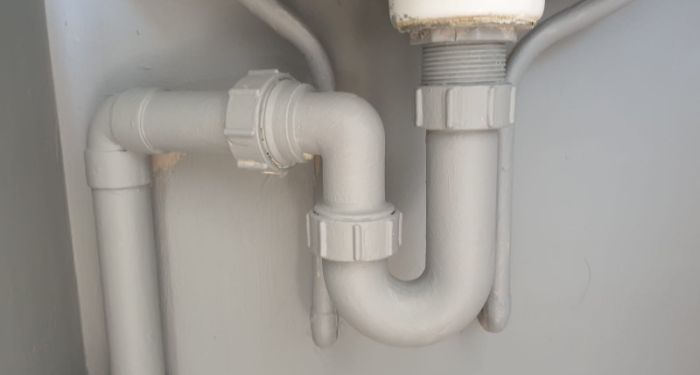
Possible Causes
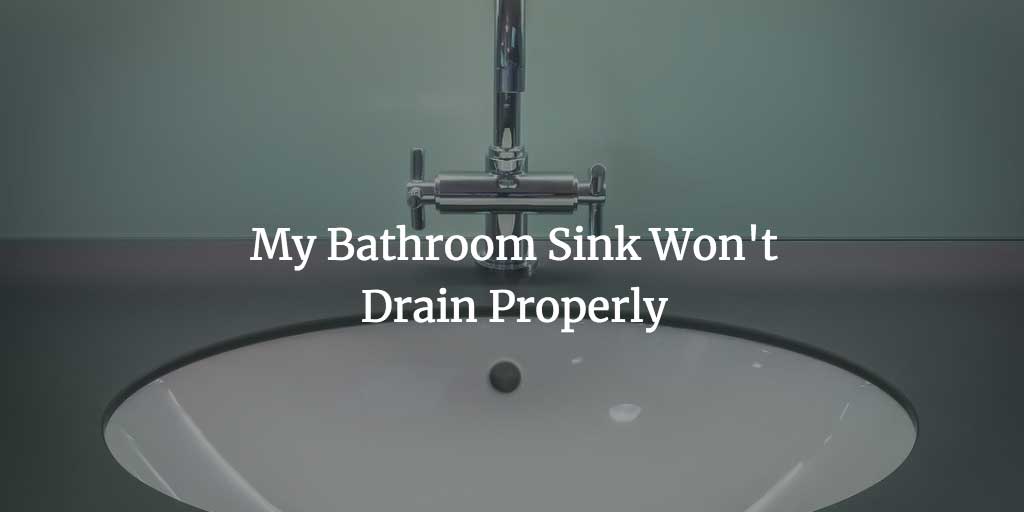 There can be several reasons why your bathroom sink is not draining properly. One of the most common causes is a clogged drain. Over time, debris such as hair, soap scum, and toothpaste can build up in the drain and create a blockage. Another possible cause is a damaged or faulty drain pipe, which can cause water to back up and prevent proper drainage. Additionally, a poorly designed or installed plumbing system can also contribute to drainage issues in your bathroom sink.
There can be several reasons why your bathroom sink is not draining properly. One of the most common causes is a clogged drain. Over time, debris such as hair, soap scum, and toothpaste can build up in the drain and create a blockage. Another possible cause is a damaged or faulty drain pipe, which can cause water to back up and prevent proper drainage. Additionally, a poorly designed or installed plumbing system can also contribute to drainage issues in your bathroom sink.
Effects of a Clogged Sink
 A clogged bathroom sink can be more than just an inconvenience. If left untreated, it can lead to more serious problems such as water damage, mold growth, and unpleasant odors. The stagnant water in the sink can also attract bacteria, making it a potential health hazard. Moreover, a clogged sink can disrupt your daily routine and cause frustration.
A clogged bathroom sink can be more than just an inconvenience. If left untreated, it can lead to more serious problems such as water damage, mold growth, and unpleasant odors. The stagnant water in the sink can also attract bacteria, making it a potential health hazard. Moreover, a clogged sink can disrupt your daily routine and cause frustration.
How to Fix It
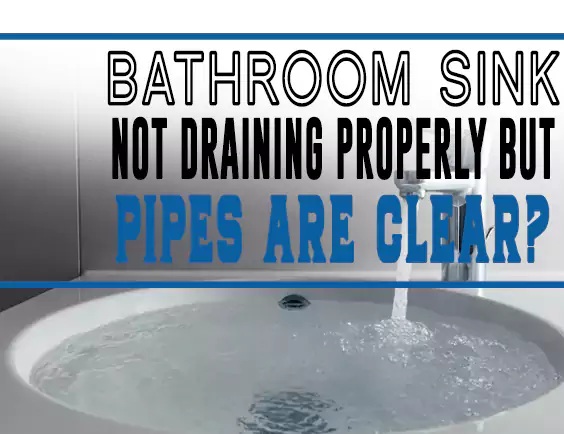 If you notice that your bathroom sink is not draining properly, it's important to address the issue as soon as possible.
One solution is to use a plunger to try and dislodge the clog.
You can also try using a homemade solution of baking soda and vinegar to break down the blockage. If these methods don't work, it may be necessary to call a professional plumber to assess and fix the issue.
It's also important to regularly clean and maintain your bathroom sink to prevent future drainage problems.
If you notice that your bathroom sink is not draining properly, it's important to address the issue as soon as possible.
One solution is to use a plunger to try and dislodge the clog.
You can also try using a homemade solution of baking soda and vinegar to break down the blockage. If these methods don't work, it may be necessary to call a professional plumber to assess and fix the issue.
It's also important to regularly clean and maintain your bathroom sink to prevent future drainage problems.
Avoiding Future Drainage Issues
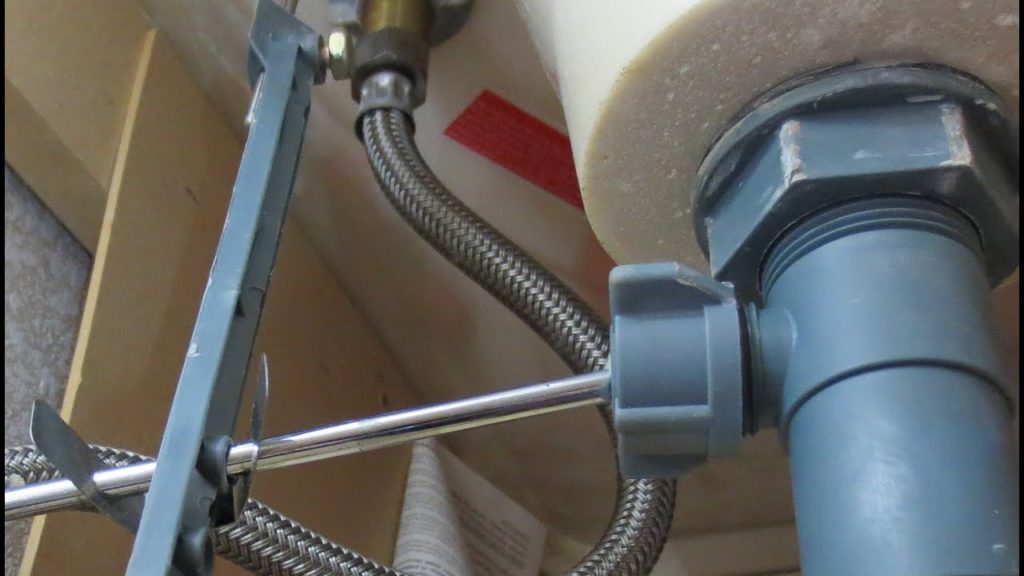 Prevention is key when it comes to keeping your bathroom sink draining properly.
Make sure to use a drain cover to catch any debris before it enters the drain.
Avoid pouring grease or oil down the sink, as they can solidify and cause clogs. Regularly cleaning your sink with a mild detergent can also help prevent buildup.
Investing in a high-quality, properly designed plumbing system can also ensure efficient drainage in your bathroom sink.
Prevention is key when it comes to keeping your bathroom sink draining properly.
Make sure to use a drain cover to catch any debris before it enters the drain.
Avoid pouring grease or oil down the sink, as they can solidify and cause clogs. Regularly cleaning your sink with a mild detergent can also help prevent buildup.
Investing in a high-quality, properly designed plumbing system can also ensure efficient drainage in your bathroom sink.
In Conclusion
 A bathroom sink that is not draining properly can be a frustrating and potentially harmful issue.
By understanding the possible causes and taking preventive measures, you can ensure that your bathroom sink remains functional and free of clogs.
If the problem persists, it's best to seek professional help to avoid further damage and inconvenience. Keeping your bathroom sink well-maintained and taking care of any drainage issues promptly can help you maintain a clean, functional, and aesthetically pleasing bathroom.
A bathroom sink that is not draining properly can be a frustrating and potentially harmful issue.
By understanding the possible causes and taking preventive measures, you can ensure that your bathroom sink remains functional and free of clogs.
If the problem persists, it's best to seek professional help to avoid further damage and inconvenience. Keeping your bathroom sink well-maintained and taking care of any drainage issues promptly can help you maintain a clean, functional, and aesthetically pleasing bathroom.
















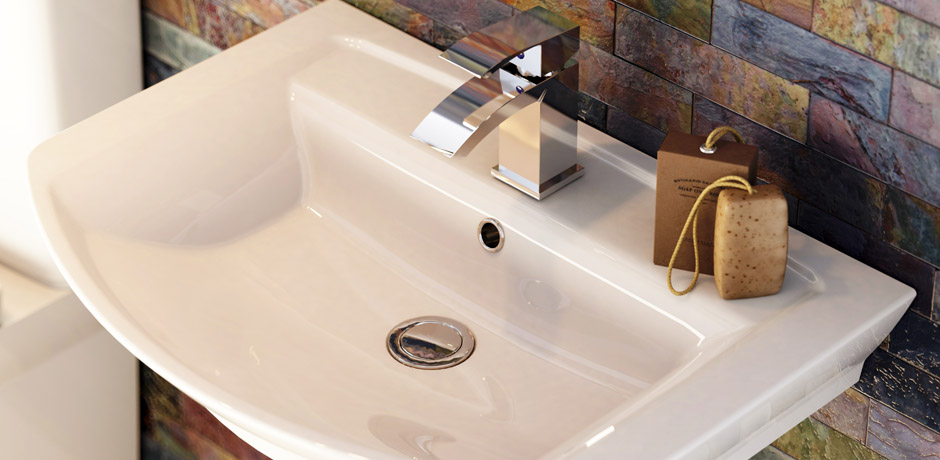



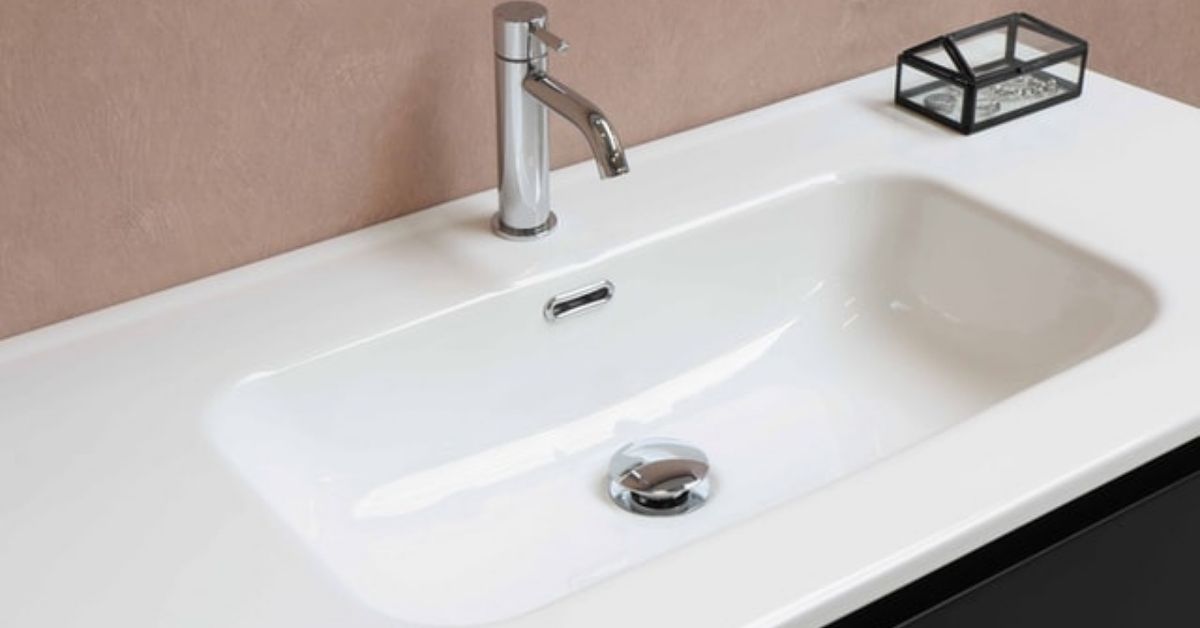


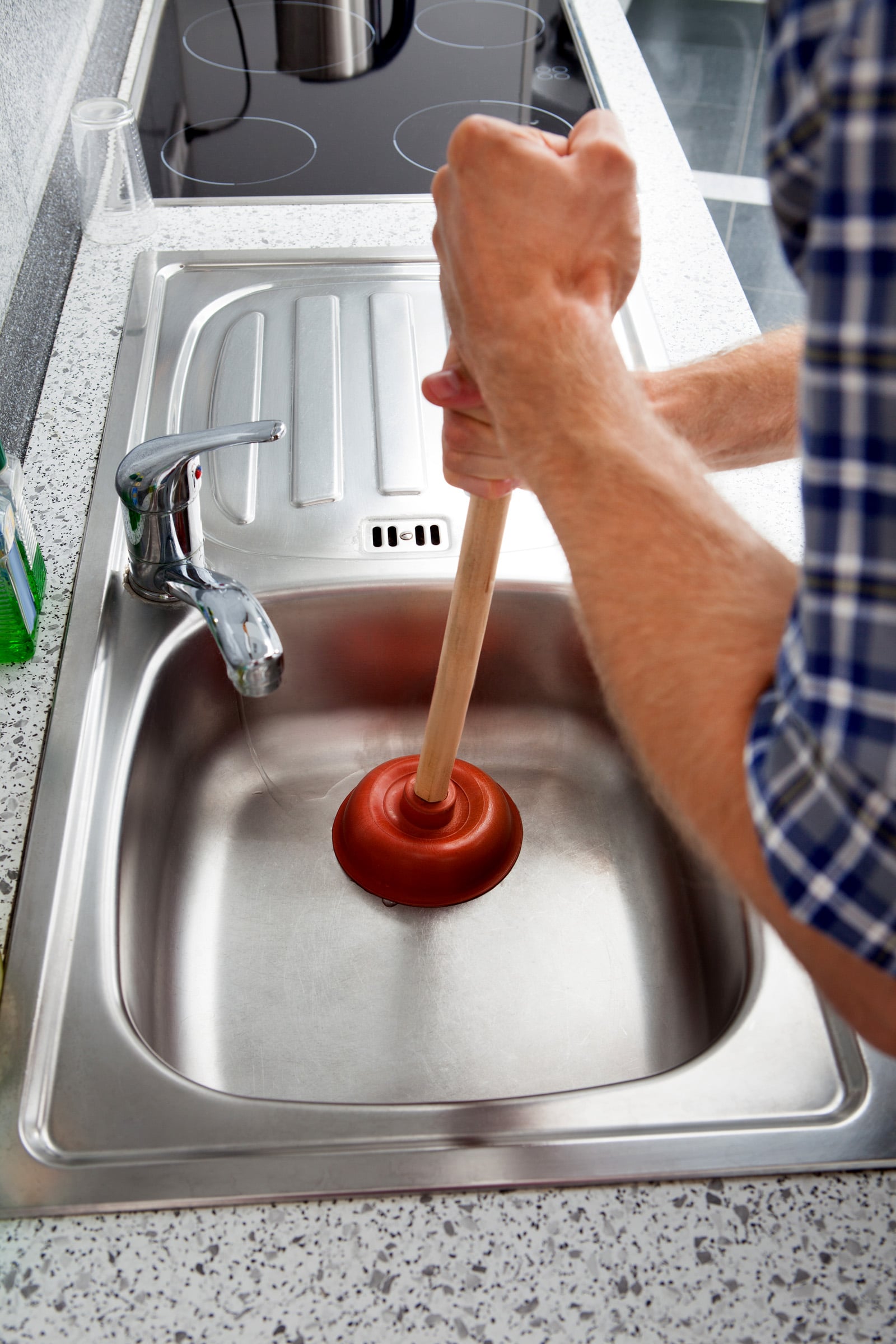
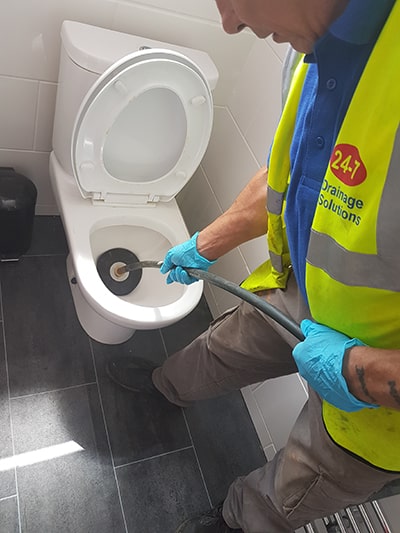

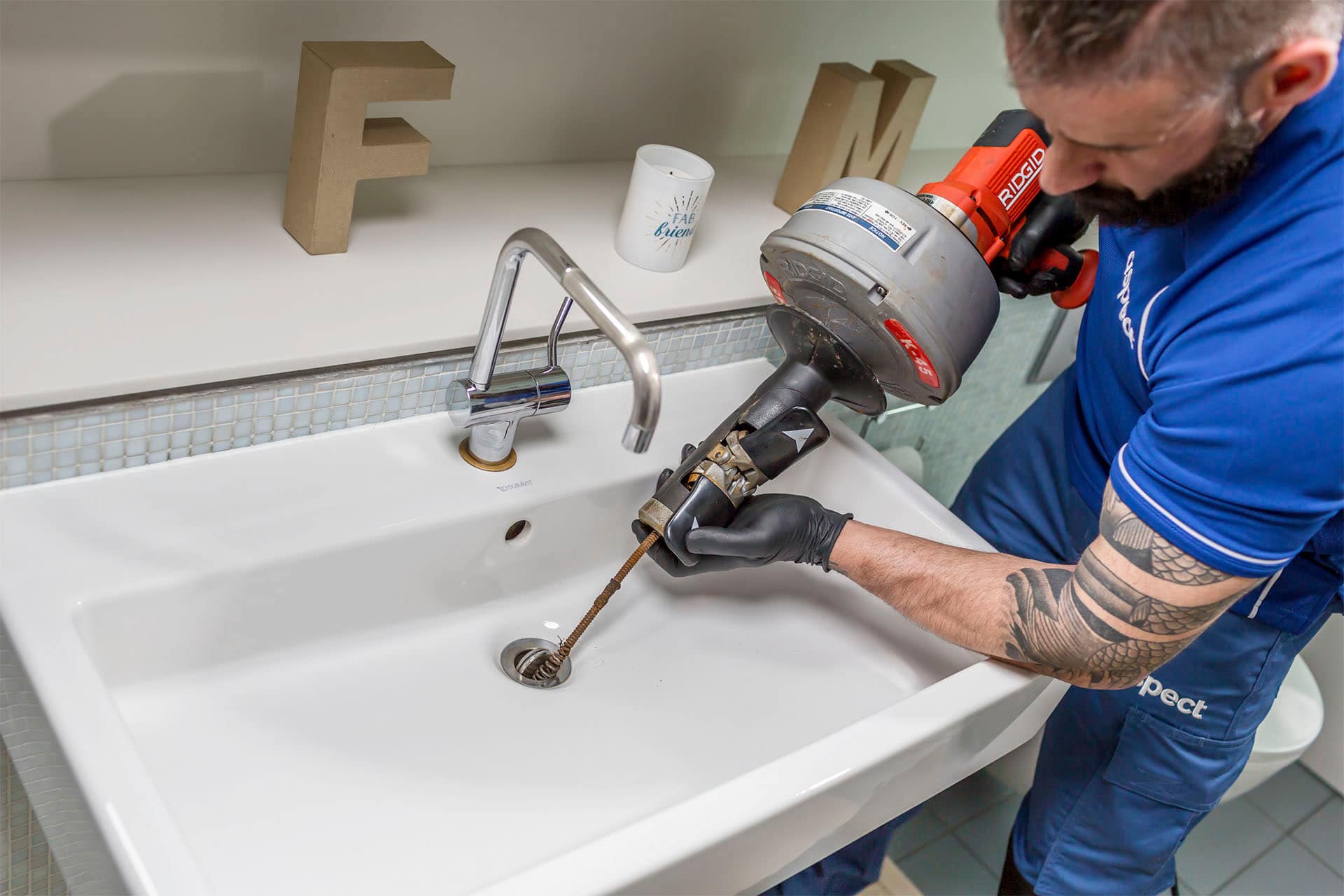


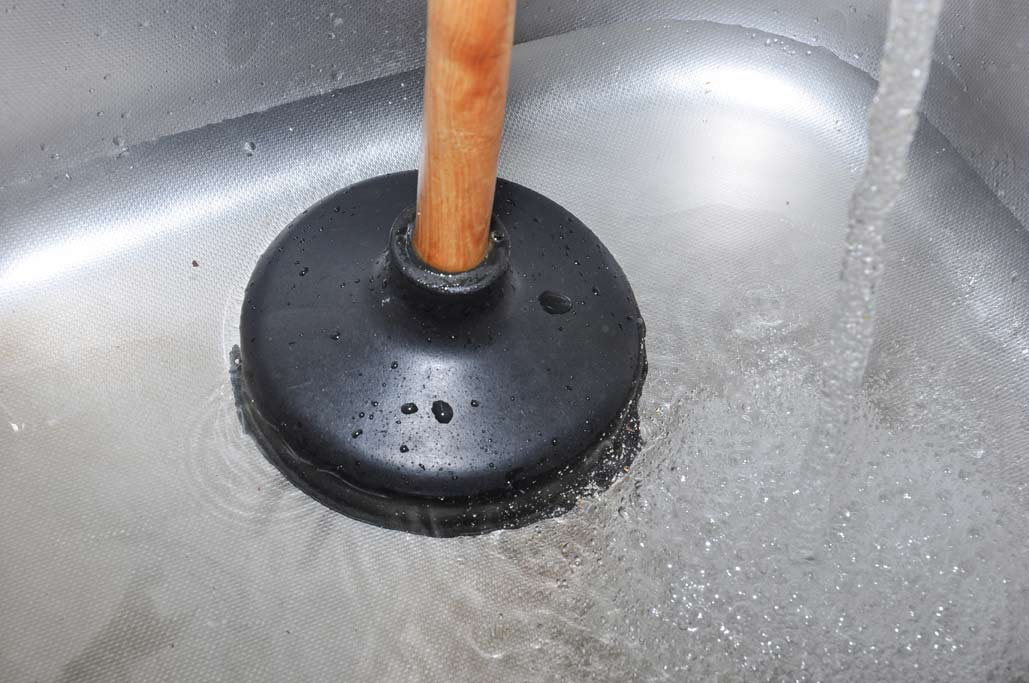
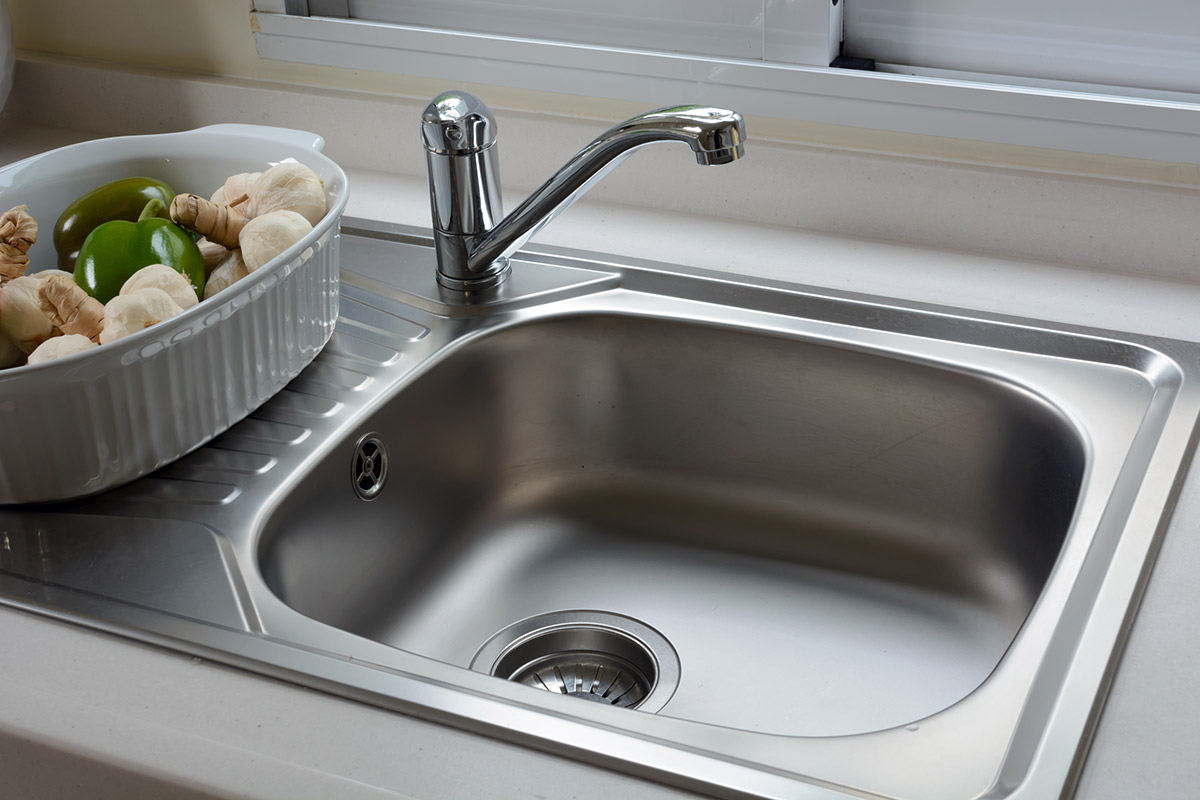
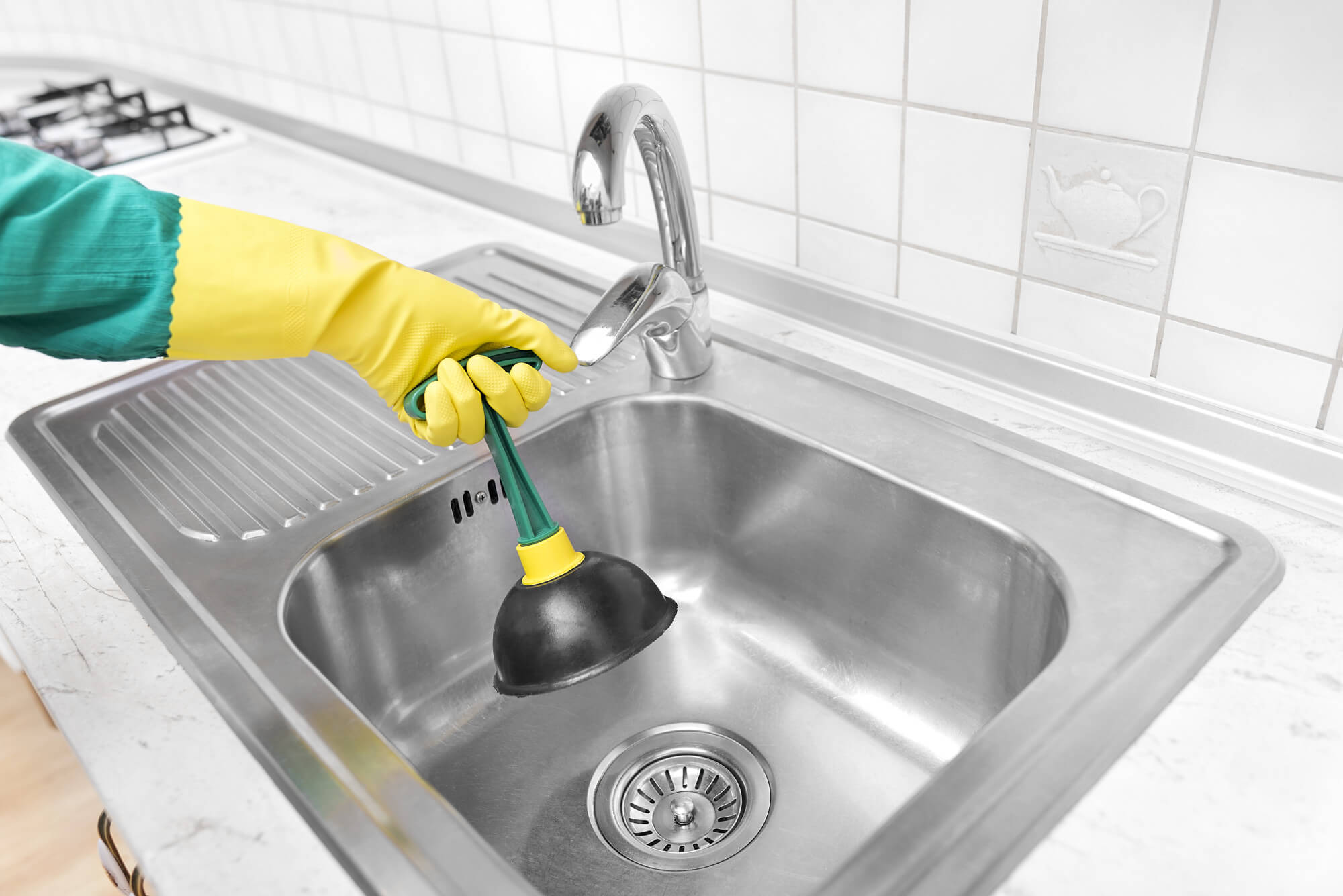


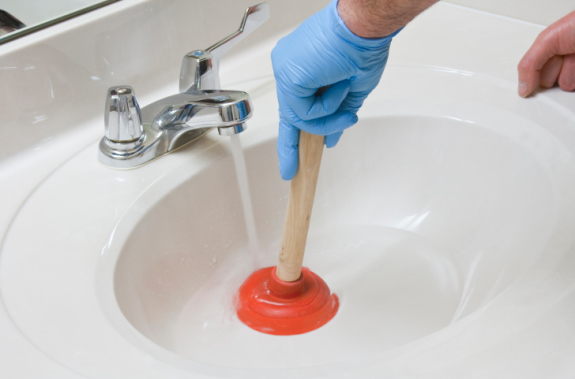



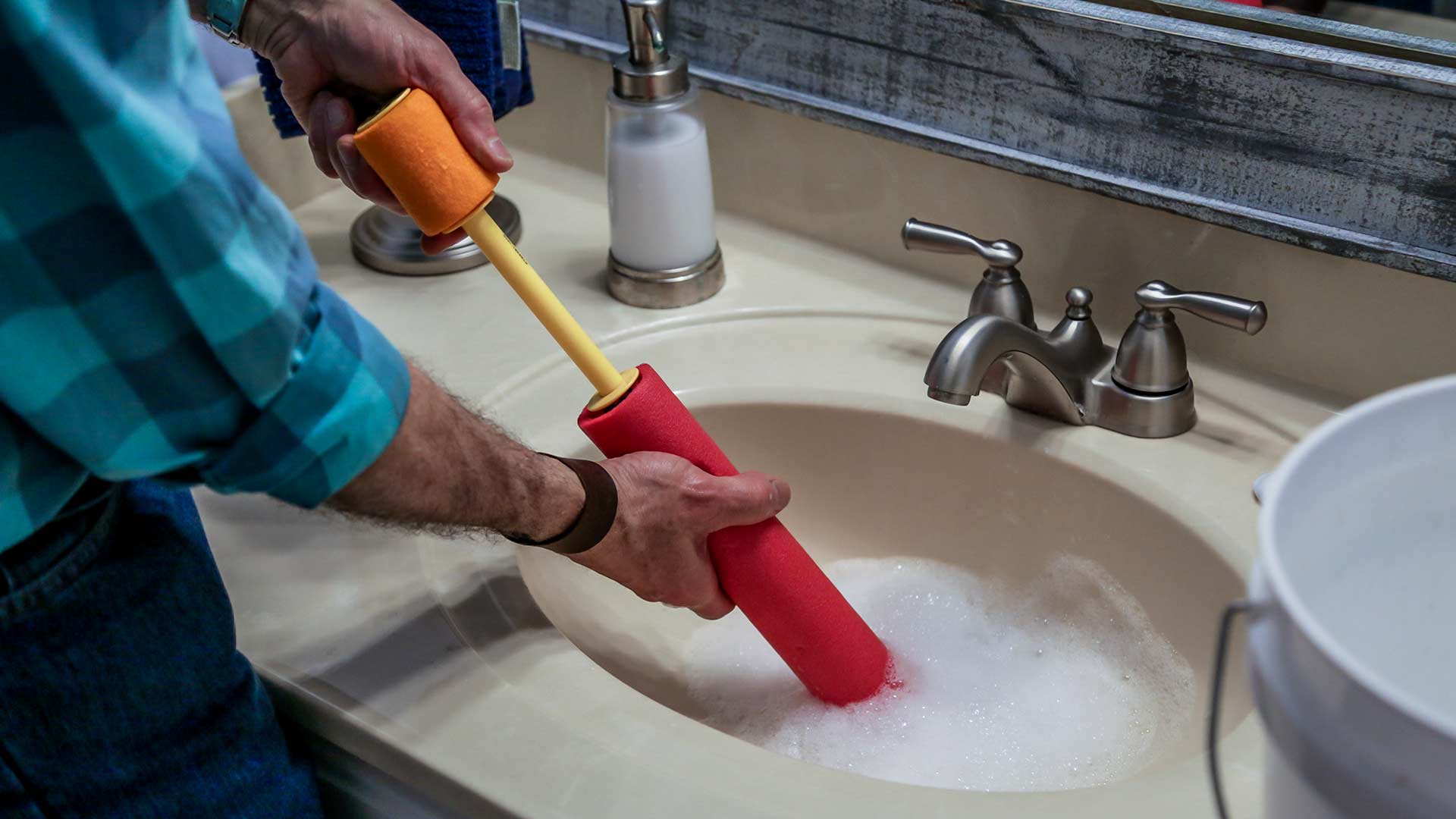






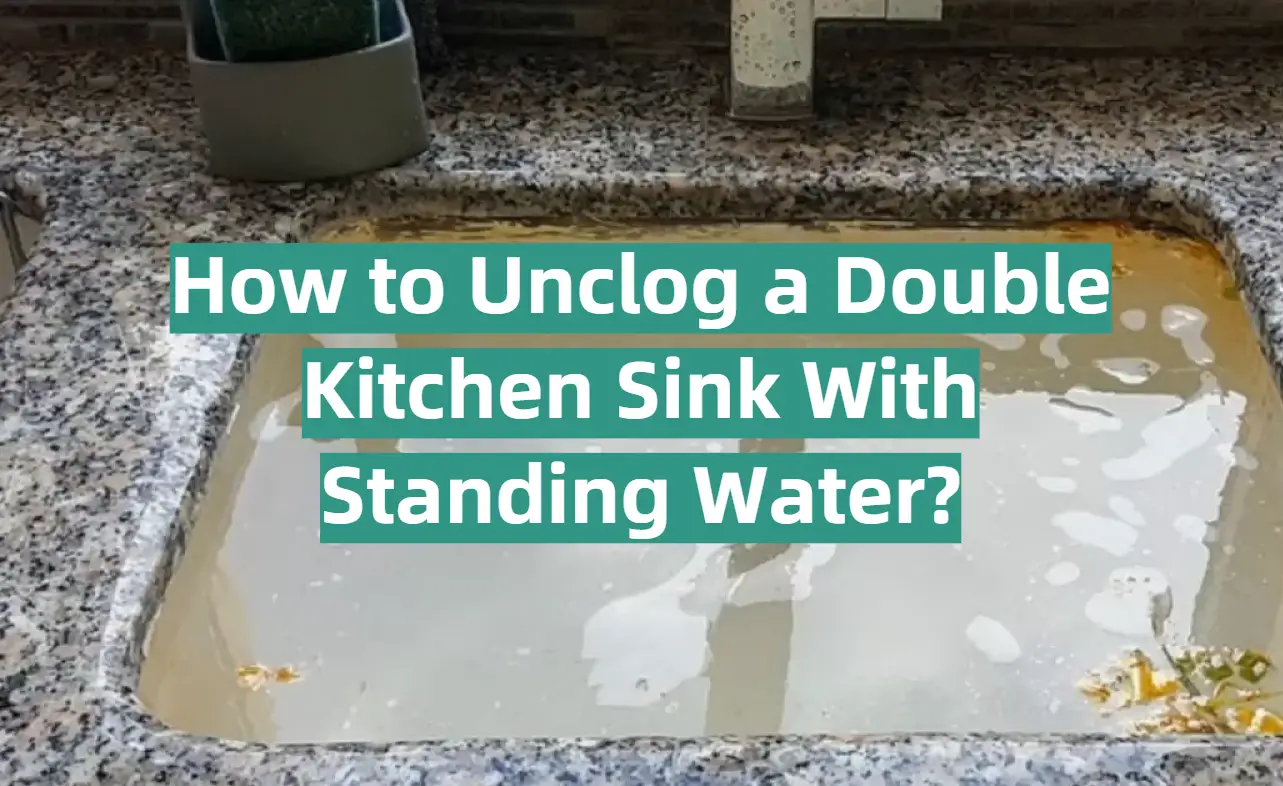

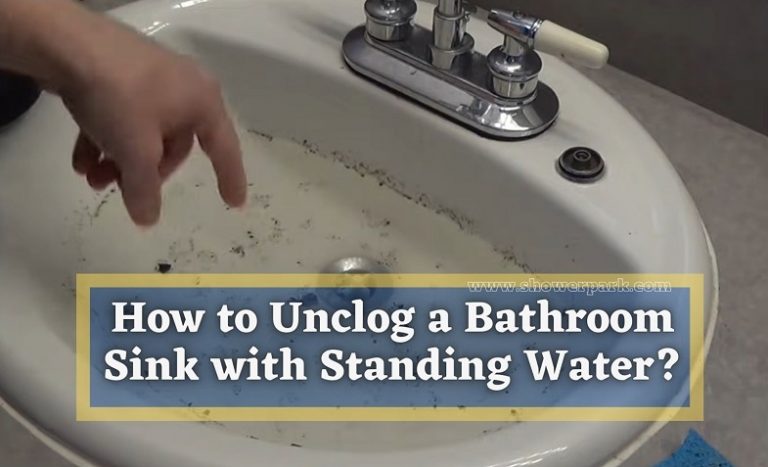
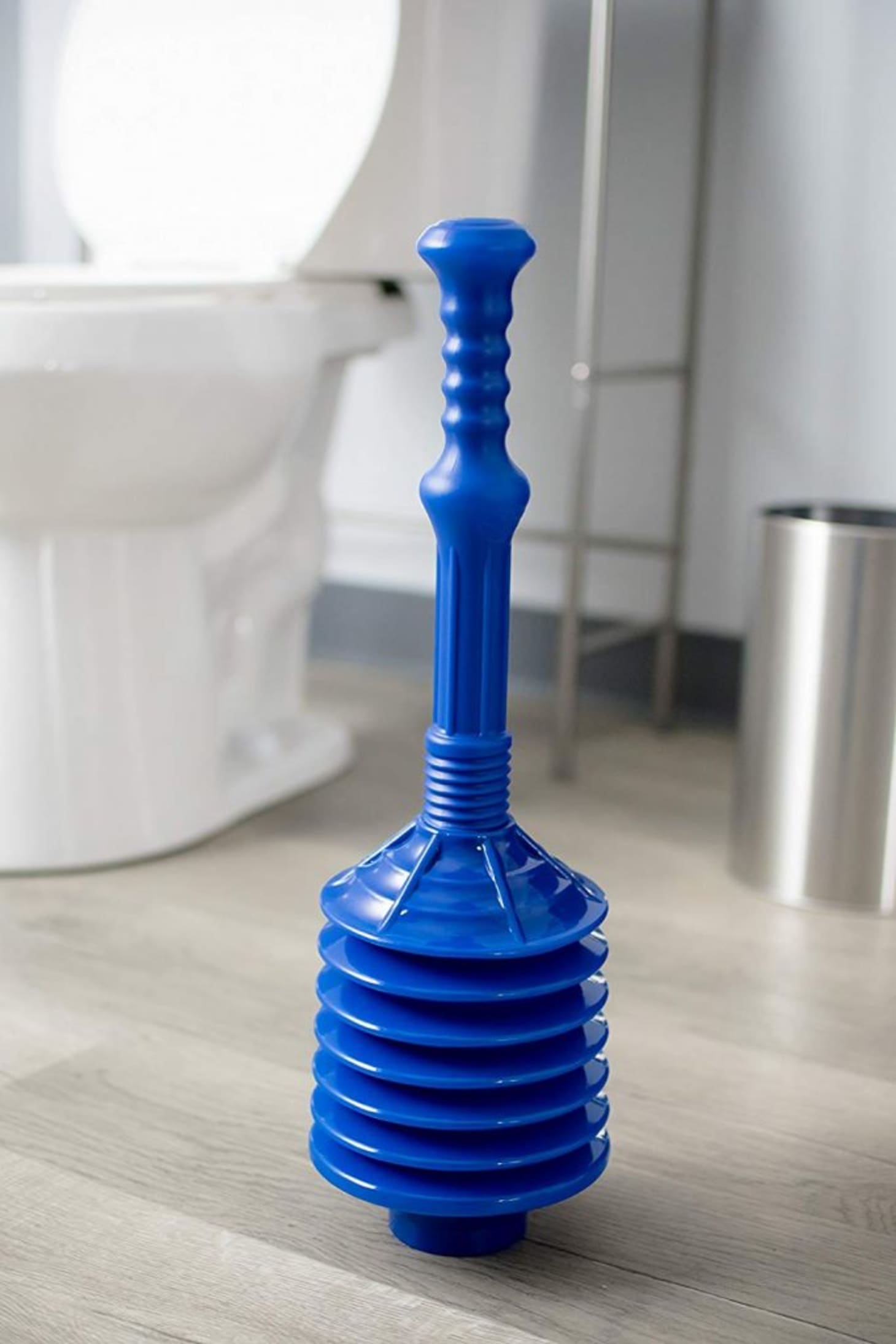
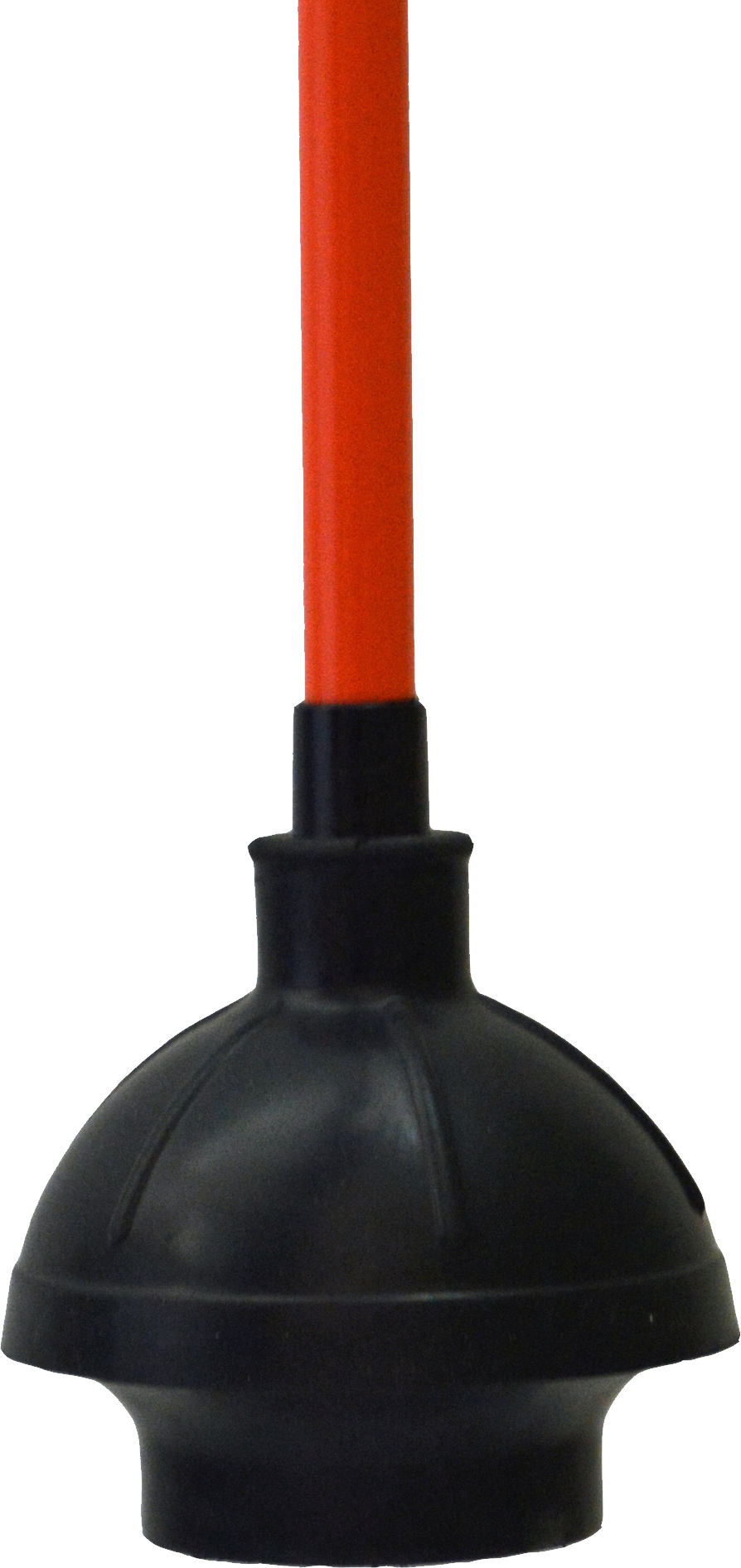
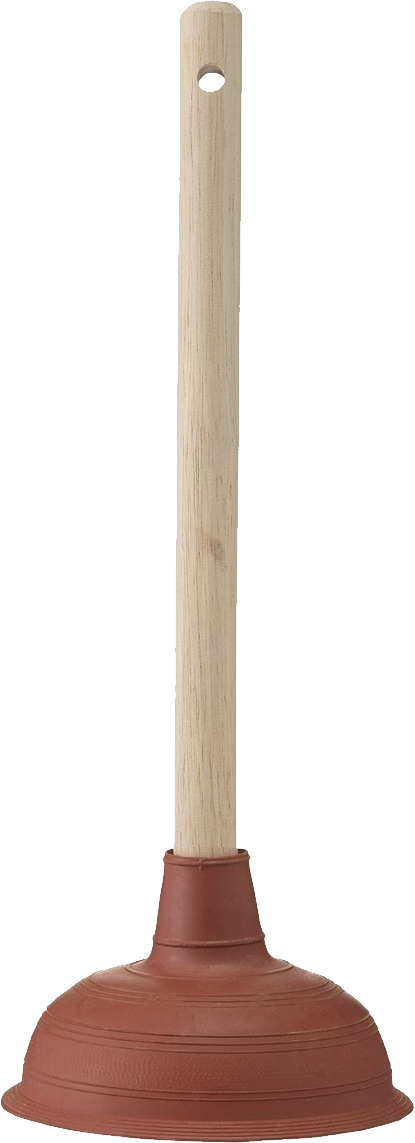
/GettyImages-173683465-58f822b83df78ca159d4543a.jpg)

:max_bytes(150000):strip_icc()/toilet-plunger-80708184-5797d8885f9b58461f591260.jpg)
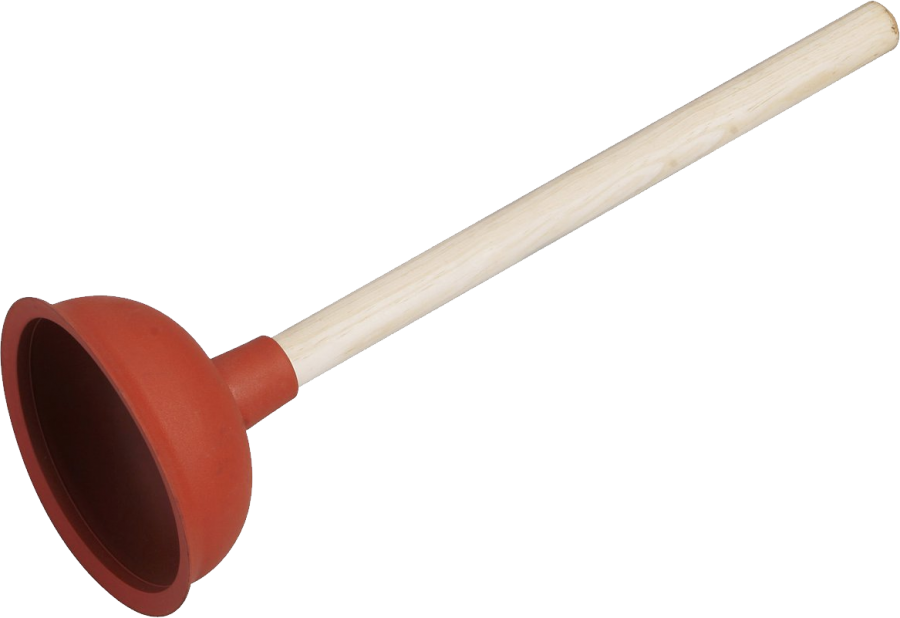


:max_bytes(150000):strip_icc()/toilette-plunger--92314164-873564a34a3441058f00a8d6fc1f0441.jpg)
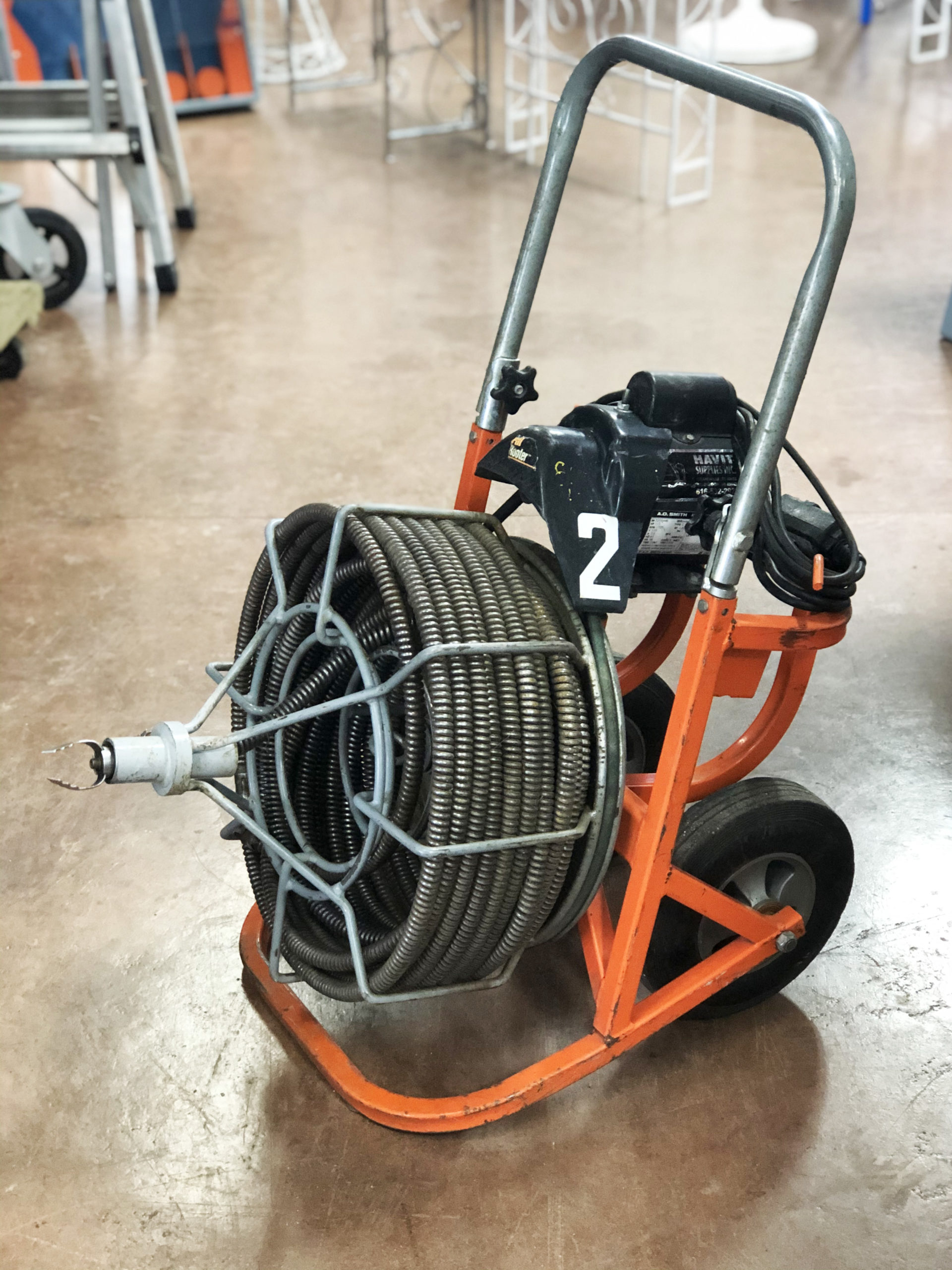

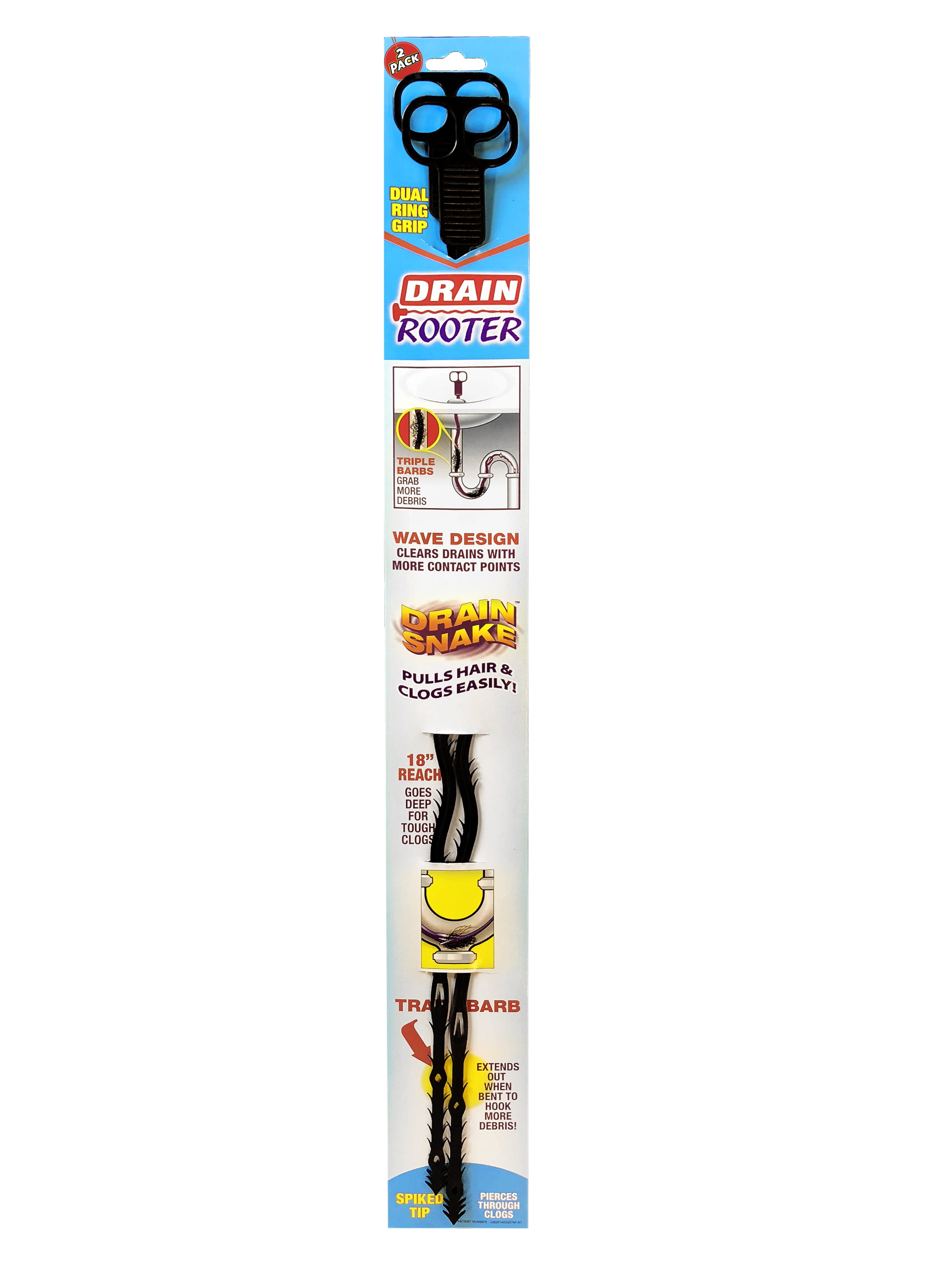

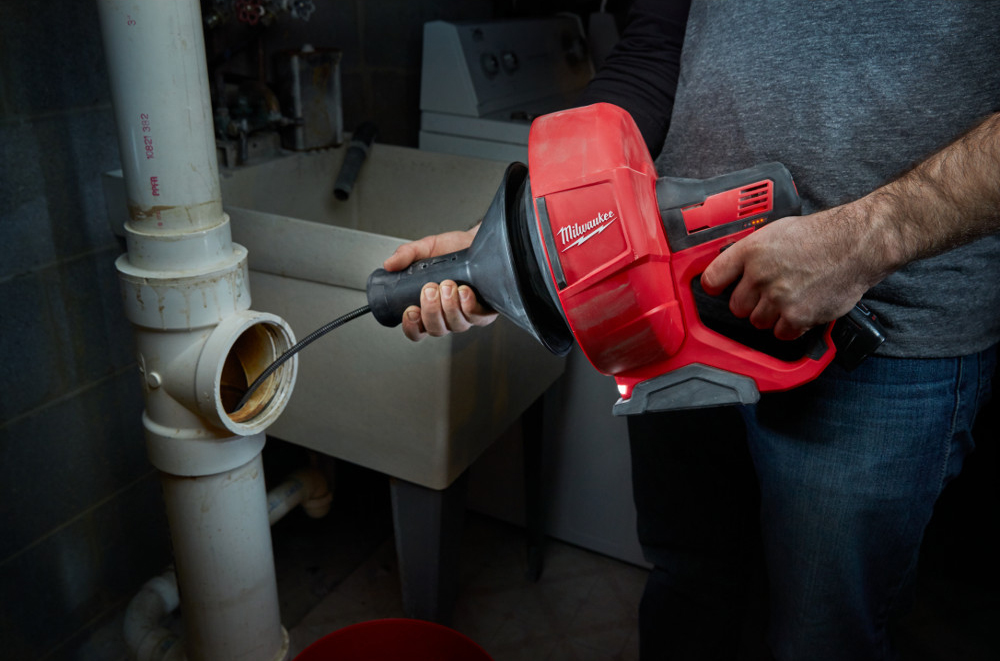




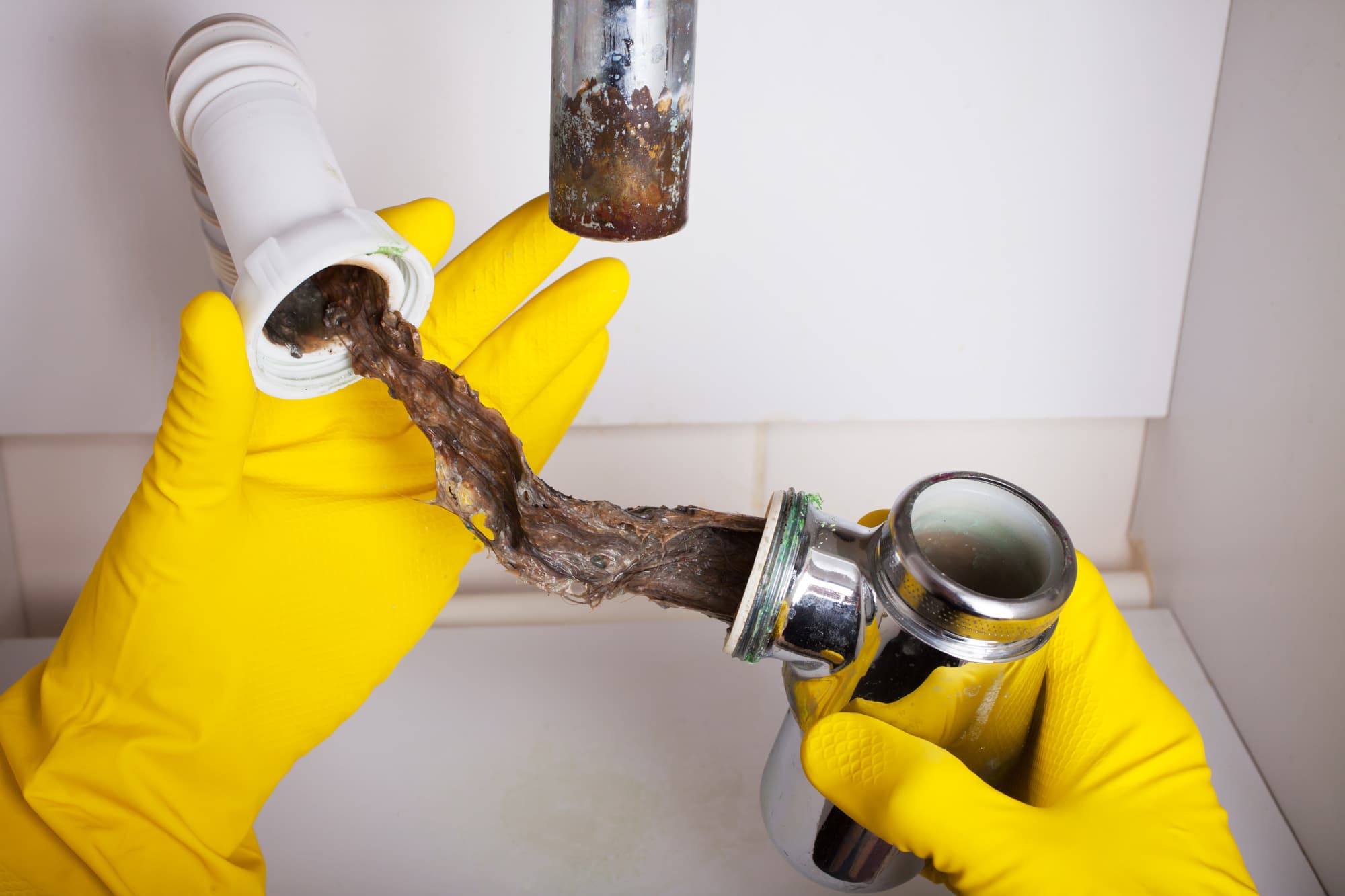
:max_bytes(150000):strip_icc()/Snake-drain-58f6c5705f9b581d5983614c.jpg)
